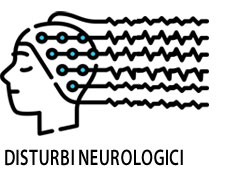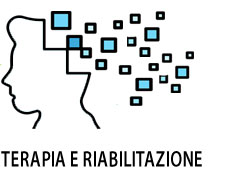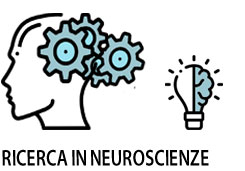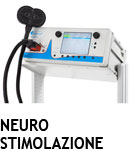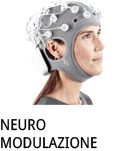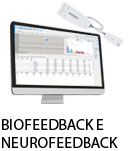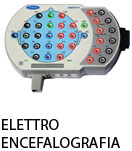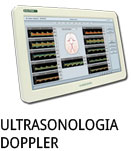- +39 011 5821948
- info@geasoluzioni.it
- Lun - Ven 8:00 - 17:00
Efficacy and Safety of Deep Transcranial Magnetic Stimulation for Obsessive-Compulsive Disorder: A Prospective Multicenter Randomized Double-Blind Placebo-Controlled Trial
- Abstract:
- Objective: Obsessive-compulsive disorder (OCD) is a chronic and disabling condition that often responds unsatisfactorily to pharmacological and psychological treatments. Converging evidence suggests a dysfunction of the cortical-striatal-thalamic-cortical circuit in OCD, and a previous feasibility study indicated beneficial effects of deep transcranial magnetic stimulation (dTMS) targeting the medial prefrontal cortex and the anterior cingulate cortex. The authors examined the therapeutic effect of dTMS in a multicenter double-blind sham-controlled study. Methods: At 11 centers, 99 OCD patients were randomly allocated to treatment with either high-frequency (20 Hz) or sham dTMS and received daily treatments following individualized symptom provocation, for 6 weeks. Clinical response to treatment was determined using the Yale-Brown Obsessive Compulsive Scale (YBOCS), and the primary efficacy endpoint was the change in score from baseline to posttreatment assessment. Additional measures were response rates (defined as a reduction of ≥30% in YBOCS score) at the posttreatment assessment and after another month of follow-up. Results: Eighty-nine percent of the active treatment group and 96% of the sham treatment group completed the study. The reduction in YBOCS score among patients who received active dTMS treatment was significantly greater than among patients who received sham treatment (reductions of 6.0 points and 3.3 points, respectively), with response rates of 38.1% and 11.1%, respectively. At the 1-month follow-up, the response rates were 45.2% in the active treatment group and 17.8% in the sham treatment group. Significant differences between the groups were maintained at follow-up. Conclusions: High-frequency dTMS over the medial prefrontal cortex and anterior cingulate cortex significantly improved OCD symptoms and may be considered as a potential intervention for patients who do not respond adequately to pharmacological and psychological interventions.
- Patologie/Applicazioni:
- Anno:
- 2019
- Tipo di pubblicazione:
- Articolo
- Parola chiave:
- TMS; Stimolazione Magnetica Transcranica; Disturbo ossessivo compulsivo; OCD; DOC
- Testata scientifica:
- The American Journal of Psichiatry
- Nota:
- Il disturbo ossessivo-compulsivo (DOC) è una condizione cronica e invalidante che spesso risponde in modo insoddisfacente ai trattamenti farmacologici e psicologici. Prove convergenti suggeriscono una disfunzione del circuito corticale-striatale-talamico-corticale nel disturbo ossessivo compulsivo e un precedente studio ha indicato gli effetti benefici della stimolazione magnetica transcranica profonda (dTMS) mirata alla corteccia prefrontale mediale e alla corteccia cingolata anteriore. Gli autori hanno esaminato l'effetto terapeutico della dTMS in uno studio multicentrico in doppio cieco. I risultati hanno mostrato che la dTMS ad alta frequenza sulla corteccia prefrontale mediale e sulla corteccia cingolata anteriore ha migliorato significativamente i sintomi del disturbo ossessivo compulsivo e può essere considerata come un potenziale intervento per i pazienti che non rispondono adeguatamente agli interventi farmacologici e psicologici.
- DOI:
- 10.1176/appi.ajp.2019.18101180
Articolo originale su The American Journal of Psichiatry Prodotti-Stimolazione Magnetica Transcranica per Disturbo ossessivo compulsivo
Hits: 1121
La nostra storia
GEA soluzioni si affaccia nel 2013 al mercato della strumentazione medicale di alto livello tecnologico ma la sua storia parte da più lontano, clicca qui per approfondire.
GEA SOLUZIONI SRL
via Spalato 72/A, Torino
Tel.: 011 5821948 / 011 4463853
Fax: 011 0433281
Email: info @ geasoluzioni.it
P. IVA IT11696920013
REA TO1233648

